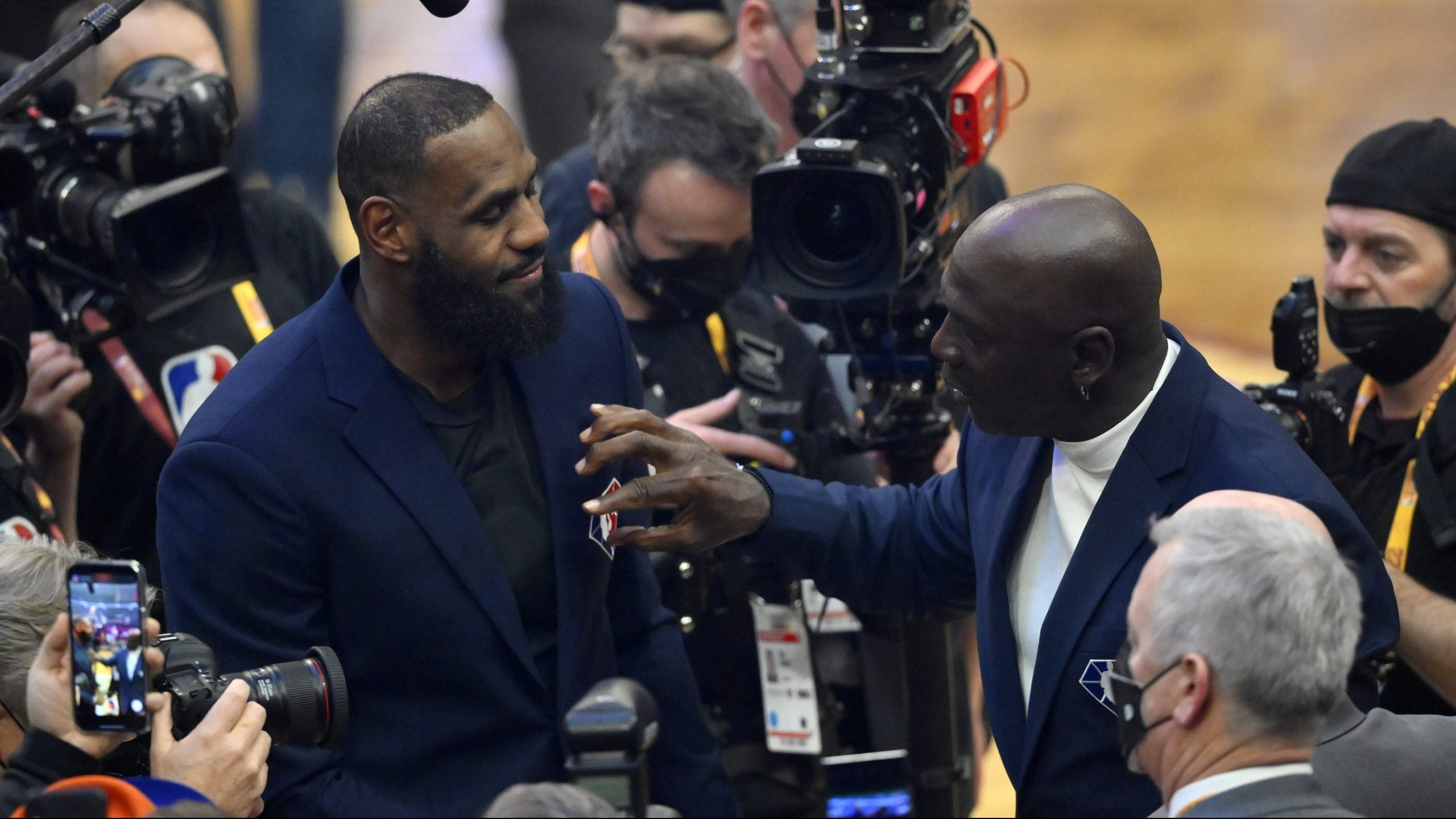The research on head injuries in football continues to yield alarming results. On Tuesday, the Journal of American Medical Association published a new report revealing the findings of an extensive research project conducted by neuropathologist Dr. Ann McKee. After examining 202 brains of deceased football players, more than half were revealed to have been diagnosed with CTE. The number of brains examined from former NFL players was even more alarming.
Out of 202 brains examined, 111 belonged to former NFL players. Of those 111, a total of 110 showed signs of CTE. That is a number that should raise even more caution flags around the NFL as the league continues to research and improve the overall safety found in the game to reduce the number of concussions and blows to the head.
From the New York Times;
In addition to the 111 brains from those who played in the N.F.L., researchers also examined brains from the Canadian Football League, semi-professional players, college players and high school players. Of the 202 brains studied, 87 percent were found to have C.T.E. The study found that the high school players had mild cases, while college and professional players showed more severe effects. But even those with mild cases exhibited cognitive, mood and behavioral symptoms.
Linemen accounted for the bulk of the CTE cases found in the research of the brains. A total of 44 brains with signs of CTE were linked to linemen that have played in the NFL. Running backs accounted for 20 of the CTE cases, and defensive backs were connected to 17 of the brains. Seven quarterbacks were also included in the study. All of the players researched ranged in age from 23 to 89.
The research will undoubtedly continue from multiple angles, and the more information gathered, the better. In the meantime, the NFL must continue to take the lead in addressing the long-term impact playing football can have in light of research increasingly focusing on the risks involved. The NFL has taken steps to address CTE, and it should be expected the league will continue to work to find ways to best protect its players for while they are playing football and when they are not.








Comments are closed.